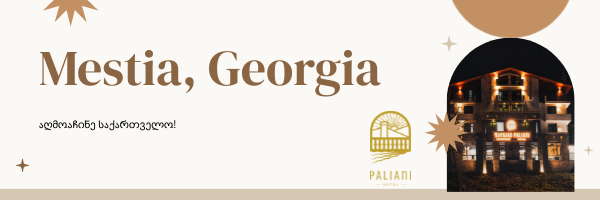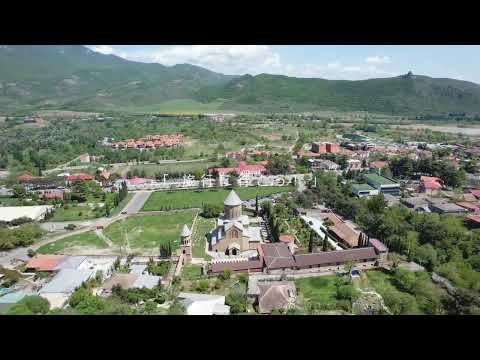Samtavro Monastery Day Trip | Mtskheta | Georgia tour 2020
Link: https://en.wikipedia.org/wiki/Samtavr... Samtavro is an Orthodox Christian monastery complex that combines Samtavro Transfiguration Church and Nunnery of St. Nino in Mtskheta, Georgia. Built presumably in the 4th century by the King Mirian III, and reconstructed in the 11th century by the King George I and Catholicos-Patriarch Melchizedek I, Samtavro is an important Early and High Medieval historical and architectural monument, protected by UNESCO. Samtavro church is cross-in-square temple, with archature [sic?] and other decorations typical for the 11th century Georgian architecture. The famous Georgian Saint monk Gabriel is buried in the yard of Samtavro Church. History: The monastery was constructed in the northwestern part of the old town of Mtskheta. Unfortunately, no inscriptions remain to tell about its construction time. According to the Georgian hagiographic sources the monastery was established in the 4th century, during the reign of the King Mirian III of Iberia, when a small church was built here by Saint Nino in connection with conversion of Georgia in Christianity. Mirian and his wife Nino were buried in the monastery. The tombs of Mirian and Nana The name "Samtavro" can be translated from the Georgian language as "ruler's place" (მთავარა [mtavara], meaning "ruler"). The main temple is stylistically dated to the first half of the 11th century, and was probably built or rebuilt soon after Svetitskhoveli cathedral, with Catholicos-Patriarch Melchizedek I. Its dome was destroyed in 1283 by earthquake, and restored some time between the end of 13th and the beginning of 14th century. From around the same time dates the altar iconostasis. Minor renovations have also been done for the facades. The wall, surrounding the monastery, was built in the Late Middle Ages, with the bell-tower added in 16th century. Original frescos did not survive, and the new were painted in 16-17th century. Other renovations were made in 17th century and later. The wall was constructed in 18th century. Grave stones for the burials of Mirian and his wife Nana were made in 19th century.

მსგავსი ვიდეოები

Samtavro Monastery / სამთავროს მონასტერი / Монастырь Самтавр...
Aerial Explorer

სამთავროს მონასტერი / Samtavro Nunnery
Lasha Mtvaradze

სამთავროს მონასტერი / Samtavro Nunnery
Lasha Mtvaradze

სამთავროს მონასტერი / Samtavro Nunnery
Lasha Mtvaradze

სამთავროს მონასტერი / Samtavro Nunnery
Lasha Mtvaradze

სამთავროს მონასტერი / Samtavro Nunnery
Lasha Mtvaradze

სამთავროს მონასტერი / Samtavro Nunnery
Lasha Mtvaradze

Historical City of Mtskheta (მცხეთა), Georgia
FlightTravels